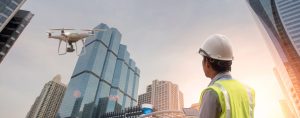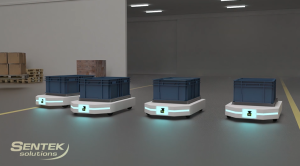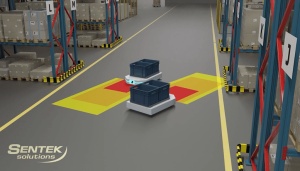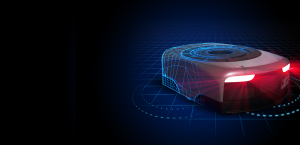Unlocking the Future ofArchitecture with LiDAR
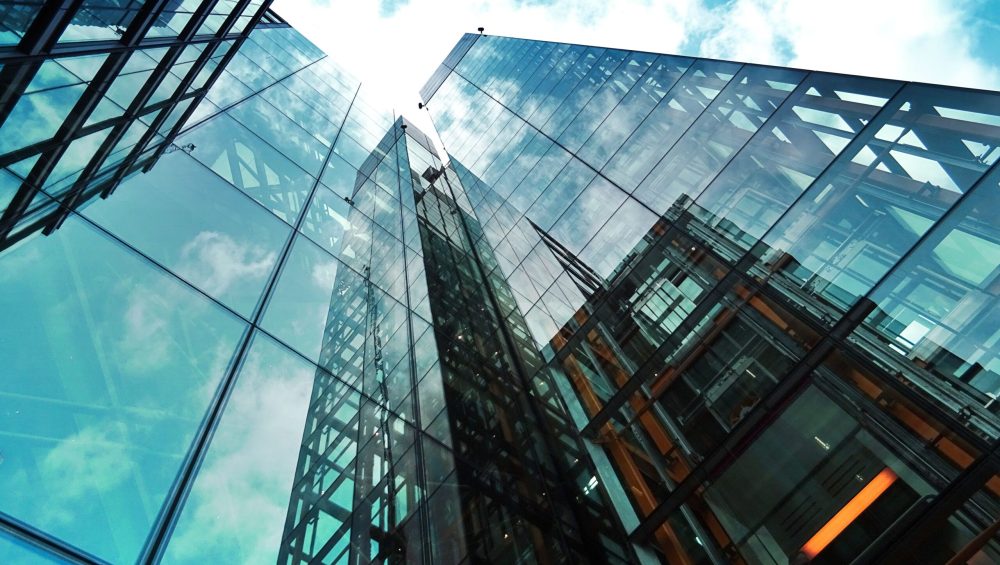
It can be argued, that in the field of architecture and building management, innovation is the cornerstone of progress. The relationship between advancing technological solutions and architectural principles has paved the way for a future where buildings are no longer just buildings, but interconnected and intelligent structures.
Now, thanks to the integration of LiDAR technology the evolution of architecture and building management has reached a noteworthy moment. LiDAR (Light Detection and ranging) technology, which is known for its precision in mapping and sensing, has emerged as a transformative force, reshaping how structures are designed, managed, and optimised.
Here, we look at the many ways LiDAR technology is helping to develop the architectural landscape and enhancing building management processes.
Understanding LiDAR Technology
LiDAR is a remote sensing method which uses laser pulses to measure distances to objects, generating precise 3D models/ maps of the environment. Originally developed for mapping and geological surveying, LiDAR has now found its way into a vast range of other industrial applications.
Simply put, the technology works as the LiDAR laser scanner emits rapid laser pulses, which bounce off surrounding objects and return to the sensor. By calculating the time taken for the laser pulses to return, LiDAR systems can determine the distance to each object, thereby creating highly detailed 2D/ 3D point clouds.
Architectural Design and Planning
In architectural design and planning, precision is understandably a critical component. LiDAR technology offers the ability to capture detailed 3D models of existing structures and environments with high levels of accuracy. This allows architects to incorporate real-world data into their designs, ensuring any new building can optimise the space available.
Site Analysis
Understanding the site is fundamental to any architectural project. LiDAR can rapidly and accurately capture the topography and features of a site, which aids architects in making informed decisions during the design phase. By providing comprehensive data on the landscape, vegetation, and infrastructure, LiDAR enables architects to design structures that harmonise with the surroundings whilst optimising the use of the available space.
Historical Preservation and Restoration
For architects and historians working on historical preservation and restoration projects, LiDAR has become an indispensable tool. It allows for the non-destructive examination of historical structures, capturing every detail. This information can then help in the meticulous restoration of these buildings, ensuring they retain their original character and charm.
Reviving Heritage: LiDAR’s Role in the Restoration of Notre Dame
One notable example of where this impressive technology has been used was following the devastating fire of Notre Dame Cathedral in 2019. Parts of the iconic landmark were severely damaged, so experts turned to LiDAR to assess the extent of the destruction to aid the restoration process.
Here LiDAR scanners were employed to create highly detailed 3D maps of the cathedral’s interior and exterior, providing architects and engineers with comprehensive data to guide reconstruction. These scans facilitated the preservation of the cathedral’s intricate architecture by capturing accurate representations of its original features, ensuring that Notre Dame would be faithfully restored to its former glory.
By harnessing the power of LiDAR technology, experts could navigate the complexities of rebuilding this cherished symbol of cultural heritage with unparalleled accuracy and reverence.
Energy Efficiency and Environmental Sustainability
LiDAR can also help in designing energy-efficient buildings. With knowledge of the sun’s path and prevailing winds, architects can optimise natural lighting and ventilation. This not only reduces energy consumption but also contributes to the overall sustainability of the structure.
Construction and Project Management
The construction phase of a building project is often fraught with challenges, including budget overruns, schedule delays, and quality control issues. LiDAR technology helps address these challenges by enabling more efficient construction processes and enhanced project management.
During construction, LiDAR scans can be used to monitor progress, track changes, and detect deviations from the original plans in real-time. This proactive approach allows project managers to identify potential issues, thereby minimising costly rework and delays. Additionally, LiDAR-equipped drones can conduct aerial surveys of construction sites, providing stakeholders with up-to-date information on site conditions and progress.
Indoor Navigation and Space Management
Once a building is complete, LiDAR can continue to add value enhancing space management. In large commercial structures, LiDAR-based systems are used for indoor navigation, helping visitors find their way efficiently. This technology also assists in facility management by tracking the usage of different spaces. This data is invaluable for optimising layouts, improving user experiences, and ensuring efficient use of resources.
Building Maintenance and Facility Management
The role of LiDAR technology can extend to maintenance and facility management following build completion.
LiDAR scans can be utilised to create digital twins of buildings, which are virtual replicas that mirror the physical structure and its operational characteristics. These digital twins serve as invaluable tools for facility managers, enabling them to monitor building performance, identify maintenance needs, and optimise energy efficiency.
By integrating LiDAR data with Building Information Modelling (BIM) systems and IoT (Internet of Things) sensors, facility managers can gain comprehensive insights into building operations. This holistic approach to building management facilitates predictive maintenance, reduces downtime, and prolongs the lifespan of assets.
Future Prospects and Challenges
As LiDAR technology continues to evolve, its applications in architecture and building management could be expected to expand further.
Advancements in sensor technology, data processing algorithms, and automation capabilities promise to unlock new possibilities for innovation in the industry. From autonomous construction robots equipped with LiDAR sensors to AI-driven predictive maintenance algorithms, the future uses of the technology in architecture and building management is filled with potential.
However, alongside these opportunities come challenges that must be addressed. Amongst these is the need for standardised data formats and protocols to facilitate seamless integration of LiDAR data across different platforms and systems.
In conclusion, LiDAR is transforming architecture and building management by providing an unprecedented level of precision, efficiency, and sustainability. From the initial site analysis and planning to the final stage of building management, this technology is enhancing every aspect of the industry.
As LiDAR technology continues to evolve, architects, builders, and managers can expect even more groundbreaking innovations that will shape the future of the sector. Embracing LiDAR is not just a step into the future; it’s a leap towards a smarter, safer, and more sustainable world of architecture and facility management.
We have several LiDAR sensors that can be used across a wide range of industries. You can find out more about our full selection of LiDAR scanners here. And make sure to stay up to date with all our news, insights and product developments by following us on LinkedIn and X.

